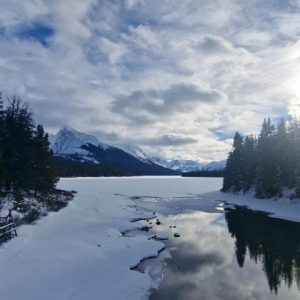“What, pray, are these?”
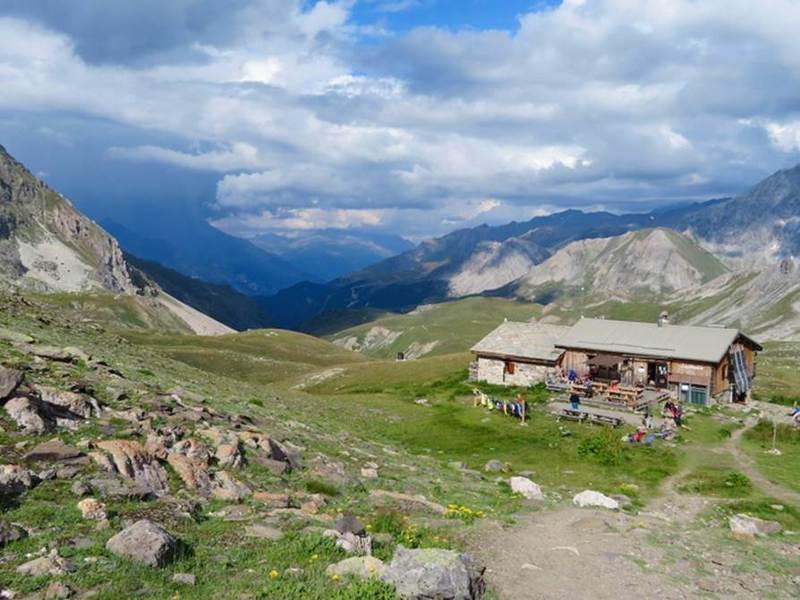 I opened my eyes widely from the top bunk, as dawn was only just appearing through a mountain refuge window. In the shadow was my walking colleague, now standing, and dangling some material from his right forefinger. He held it at arm’s length, millimetres from my nose. The material smelt terrible.
I opened my eyes widely from the top bunk, as dawn was only just appearing through a mountain refuge window. In the shadow was my walking colleague, now standing, and dangling some material from his right forefinger. He held it at arm’s length, millimetres from my nose. The material smelt terrible.
“Pooh!” I declared.
“They’re yours,” he replied. “Underpants. Dropped from your bunk just now and landed on my head. I thought you might need them.”
“Sorry,” I said, stretching out a hand to retrieve my underwear. “I was trying to dry them. They must have slipped through a gap.”
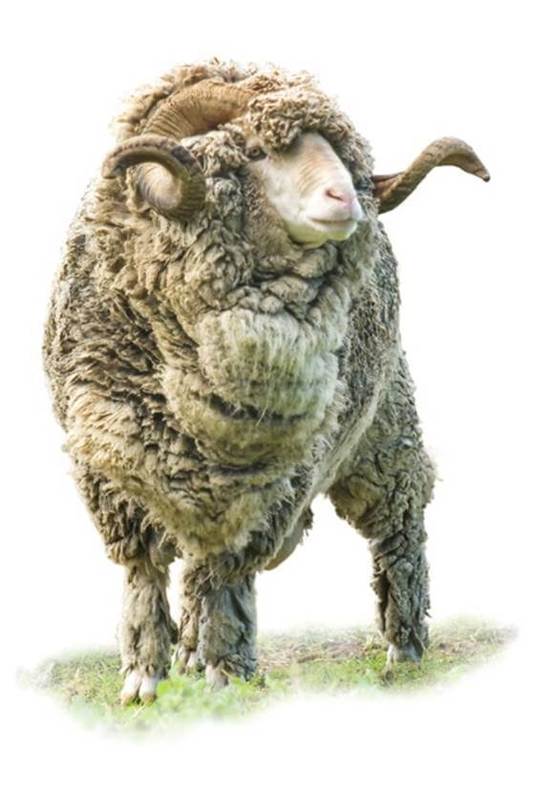 We were crossing the French Alps and I had brought a single pair of underpants, washing them each night where we slept. I would dry them beside my warm body, so they were ready to put on in the morning. On this occasion, they had escaped and landed on the bunk beneath me.
We were crossing the French Alps and I had brought a single pair of underpants, washing them each night where we slept. I would dry them beside my warm body, so they were ready to put on in the morning. On this occasion, they had escaped and landed on the bunk beneath me.
I am no fashion guru yet have noticed how little clothing I need when walking a great distance. My Alpine journey was nearly 700 miles, on which I took two pairs of socks, one shirt, one pair of trousers and, as my colleague would attest, one pair of underpants. I also had a jacket and fleece.
There is a clear principle to outdoor clothing that I follow, whether it is a journey of a minute, a day, or a decade. The principle is layering, a concept that dates back many centuries. It is based on the observation that multiple layers of lightweight material are better than one layer of thick material, because layers trap pockets of air.
 I keep three layers in mind when selecting outdoor clothes. The base layer next to my skin, the insulating layer outside that, and the shell layer covering everything. The base layer is the most important and I always choose Merino wool. The Merino sheep, which originated in 12th-Century Morocco, has since spread worldwide. Its wool is softer and thinner than the regular version. It is so hardy that even firefighters wear it. It also does not smell. For many years I wore a synthetic base layer and could not understand why friends kept their distance. Since Merino, I have been welcomed back to the fold. I avoid cotton as it soaks up moisture and has given me blisters.
I keep three layers in mind when selecting outdoor clothes. The base layer next to my skin, the insulating layer outside that, and the shell layer covering everything. The base layer is the most important and I always choose Merino wool. The Merino sheep, which originated in 12th-Century Morocco, has since spread worldwide. Its wool is softer and thinner than the regular version. It is so hardy that even firefighters wear it. It also does not smell. For many years I wore a synthetic base layer and could not understand why friends kept their distance. Since Merino, I have been welcomed back to the fold. I avoid cotton as it soaks up moisture and has given me blisters.
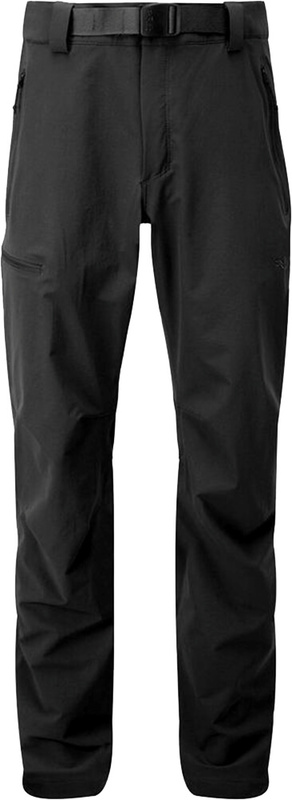 For an insulating layer I am happy to wear synthetic, normally a long-sleeved shirt, whatever the climate. Long sleeves can be rolled up, but short sleeves cannot be rolled down. Long sleeves are also protective. I learned the hard way. As a young soldier, on jungle patrol with short sleeves, I accidentally scraped my bare forearm against a tree trunk. Within 30 minutes, I swelled to the size of a hot air balloon and required emergency treatment of my allergy. I have worn long sleeves and long trousers since then.
For an insulating layer I am happy to wear synthetic, normally a long-sleeved shirt, whatever the climate. Long sleeves can be rolled up, but short sleeves cannot be rolled down. Long sleeves are also protective. I learned the hard way. As a young soldier, on jungle patrol with short sleeves, I accidentally scraped my bare forearm against a tree trunk. Within 30 minutes, I swelled to the size of a hot air balloon and required emergency treatment of my allergy. I have worn long sleeves and long trousers since then.
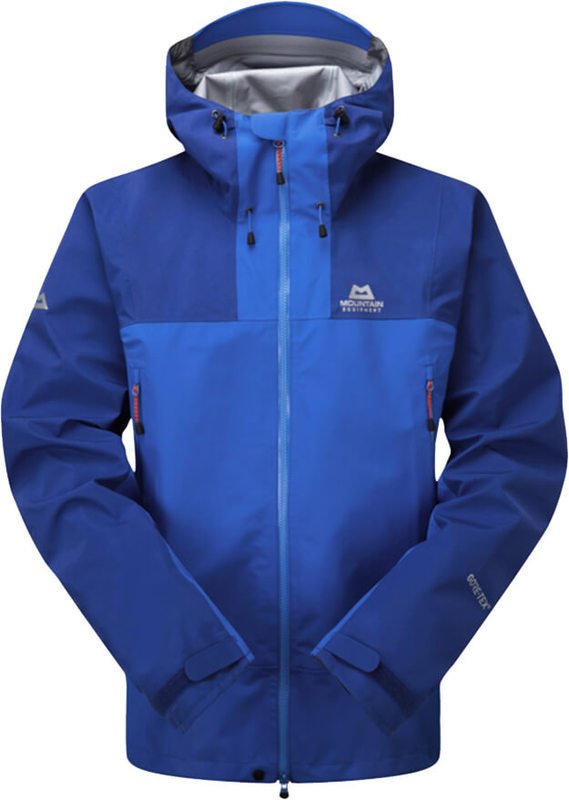 Sometimes, I wear a gilet as a second, insulating layer. This is essentially an outdoor waistcoat. It has lots of pockets, which I stuff with as much as I can, to give me instant access to critical items while I am walking.
Sometimes, I wear a gilet as a second, insulating layer. This is essentially an outdoor waistcoat. It has lots of pockets, which I stuff with as much as I can, to give me instant access to critical items while I am walking.
Although I carry a shell, I do not always wear it. Whatever design I choose, I need it to be waterproof and breathable. Gore-Tex does that well, but there are other materials, too. They do not last forever, and I work on three to four years. I want my shell to have plenty of deep pockets, underarm zips to let me cool down, and a peaked hood to keep rain from my eyes. Sometimes, and especially when I am exercising hard in ice-cold weather, I will wear just a shell and base layer, with nothing in between.
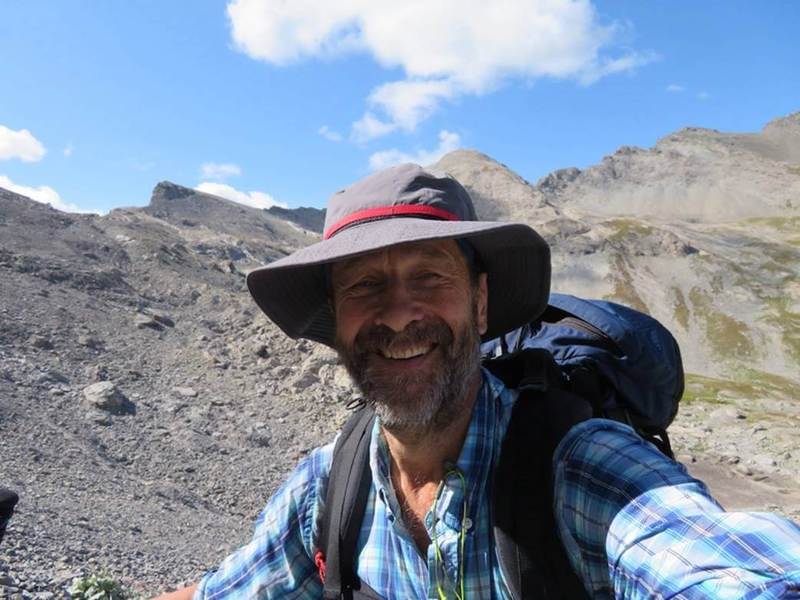 On my feet I wear ankle-length socks, part Merino wool and part synthetic. These can last for a very long time. I have had one pair of socks easily handle 500 miles. I make my boots as light as possible, although the heavier my pack, the sturdier my boots need to be. On my hands are gloves, normally made from fleece, with added grip should I need to grasp rock for security.
On my feet I wear ankle-length socks, part Merino wool and part synthetic. These can last for a very long time. I have had one pair of socks easily handle 500 miles. I make my boots as light as possible, although the heavier my pack, the sturdier my boots need to be. On my hands are gloves, normally made from fleece, with added grip should I need to grasp rock for security.
Then comes my only recognition of mountain fashion – the hat. Mostly I wear a fleece beanie but when the wind is high, and the rain lashing, I turn to a full Gore-Tex cap with ear flaps. But at the first sign of sun, out comes Worzel.
Worzel? Worzel Gummidge, the famed television scarecrow. His hat, my hat, is truly what I adore. I go nowhere without my Worzel.
If you are thinking what to wear
Oh dear, now I must get dressed. My wardrobe lies open before me and inside is a jumble of clothing. I must be out the front door in ten minutes. What shall I put on?
This is my 10-point system:
- Underpants – I want them of boxer design to protect my inner thigh. This area can chafe when walking, especially if I have put on weight. I may also apply a smidgeon of petroleum jelly on the inner side of each thigh before I set out.
- Base layer – on goes my Merino wool top, short-sleeve in summer, long-sleeve in winter. In winter, I also use a roll-neck top, with zip, and thumbholes in each sleeve to insulate my hands.
- Trousers – I wear long trousers, never shorts. My trousers protect from scrapes, or when I kneel down. I prefer an integral belt. I do not like salopettes as they are a nightmare in the loo.
- Shirt – this is of traditional design, including collar, cuffs and buttons. Mine even has a tail. I wear long sleeves, again for protection. The collar has an extension, to cover my neck in the sun.
- Socks – ankle length and of Merino wool-synthetic mix. If I worry about blisters, I apply a smidgeon of petroleum jelly on the foot, before putting on my sock.
- Gilet – I love my gilet, largely because of its plentiful supply of pockets. I can stuff them with most things I need.
- Gloves – fleece, with reinforced fingers and palm. I put the gloves in a gilet pocket.
- Hat – Worzel, if I can. If it is cold and windy, I use a synthetic beanie that can be pulled over my ears. I put the beanie in a gilet pocket. In my rucksack I have a Gore-Tex cap with ear flaps.
- Walking boots – I do these up securely right away, as I do not like to keep others waiting when we meet. I wish to spring from the vehicle and start walking.
- Shell – I check the rucksack for my shell and make sure it is near the top. When I walk, I will only wear a shell when it is cold, windy, or rainy.
My favourite shops for outdoor clothes are:
Cotswold Outdoor
Cunningham
Ellis Brigham
More information
Hiking essentials – what to wear when hiking
Gear and Clothing to Wear Hiking
What to Wear Hiking
How to dress for hiking
See also
You are never alone on a mountain
A lifetime of walking boots
Fitting the perfect rucksack
Think seriously about walking poles


